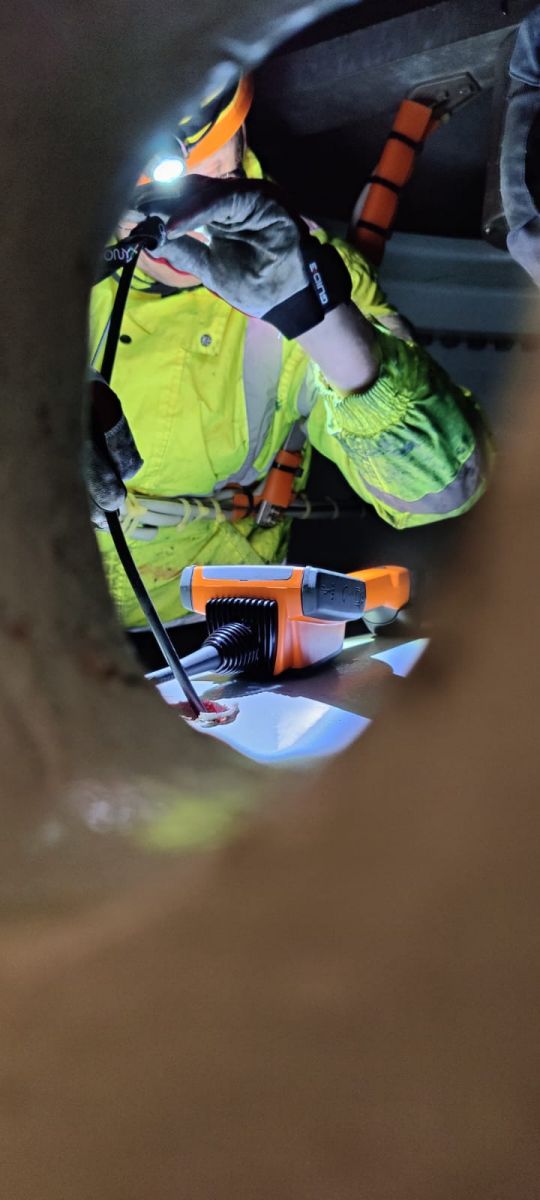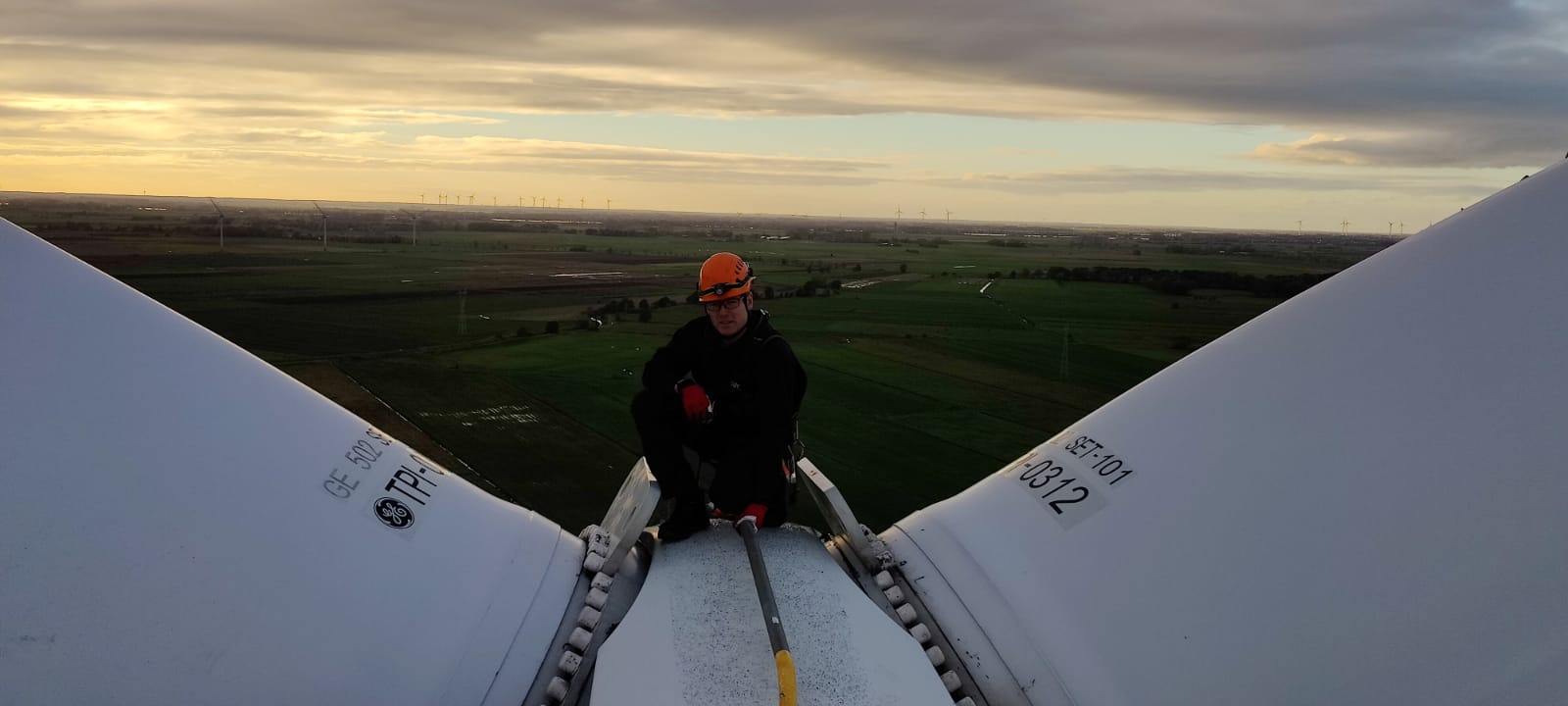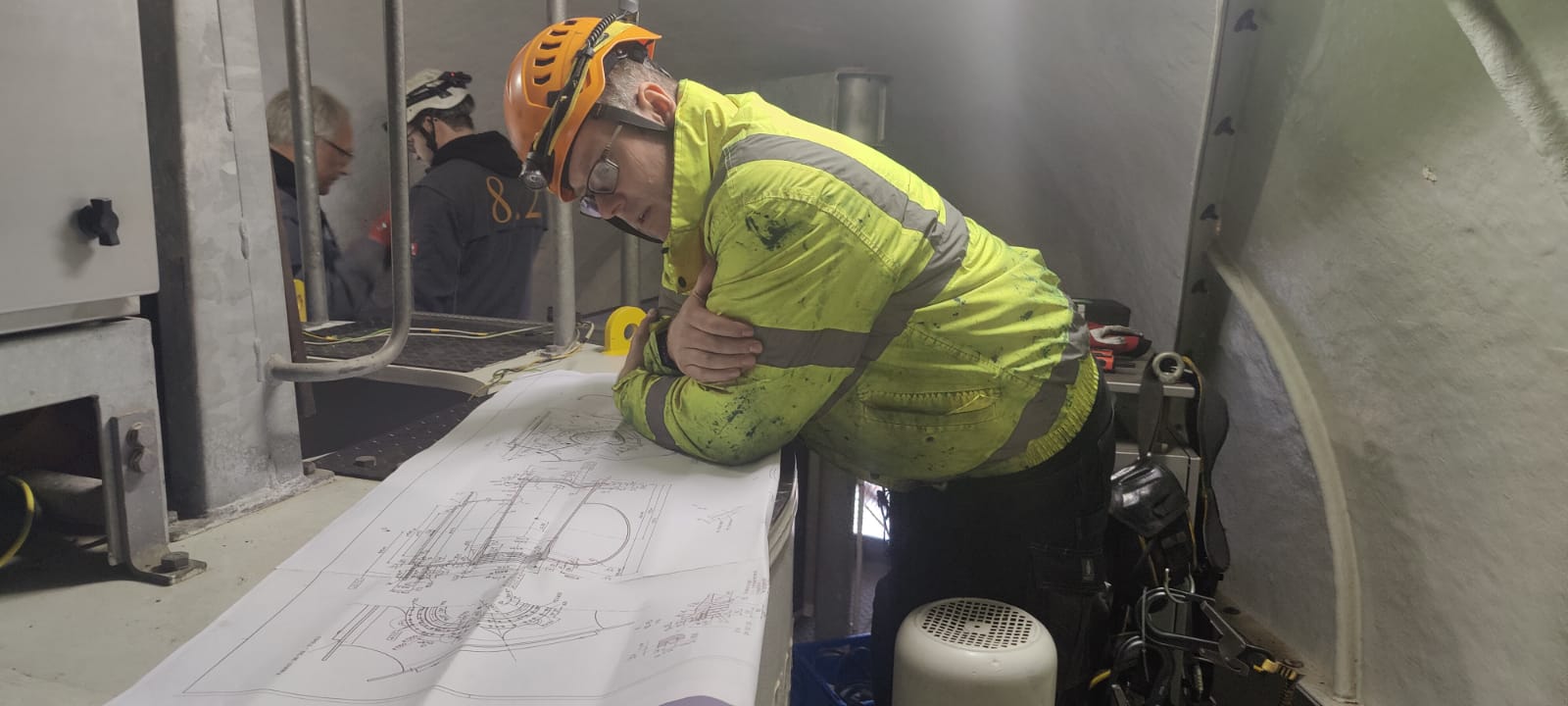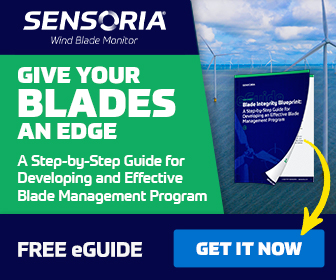High Carbon to Low Carbon Careers: The case for putting your skills to use in the wind industry
Decades ago, the perception of wind technology inspired some predictable skepticism as a "novelty" form of energy. Fast-forward to 2022, and the reputation of wind turbine innovation as trailblazing and ground-breaking is not unearned. In recent years, these assets have become exponentially more efficient, productive, versatile in location, greater in scale, and greater still in blade size.
 With advances like floating offshore turbines and articulated wind columns, a broader spectrum of disciplines has migrated towards the wind energy industry on the engineering, design, and construction side. And the advances don't stop there; this steady growth has spawned a variety of sub-sectors including offshore wind support vessels, underwater cable laying, condition monitoring systems (CMS) for blade health and the digital solutions that accompany them, among many more. Just as the expansion to offshore has tapped into the maritime industry, the increasing digitalization of turbine systems and their coordination has allowed a variety of professionals with prior expertise outside of mechanical engineering (computer programmers, data scientists, and data analysts) to flourish in the industry as well.
With advances like floating offshore turbines and articulated wind columns, a broader spectrum of disciplines has migrated towards the wind energy industry on the engineering, design, and construction side. And the advances don't stop there; this steady growth has spawned a variety of sub-sectors including offshore wind support vessels, underwater cable laying, condition monitoring systems (CMS) for blade health and the digital solutions that accompany them, among many more. Just as the expansion to offshore has tapped into the maritime industry, the increasing digitalization of turbine systems and their coordination has allowed a variety of professionals with prior expertise outside of mechanical engineering (computer programmers, data scientists, and data analysts) to flourish in the industry as well.
Surprisingly, the "ultra-modern" turbine design we are familiar with today is over 30 years old, and even older in concept. Despite the progress made in the field, the mechanical reality is that wind turbines are not as complicated as people might think.
Rather than increasing the base complexity of the wind turbine concept - which is, at its core, a simple conversion of rotational force into electrical energy - developments have principally been additive and auxiliary, focusing on configurability, reliability, and streamlining an already straightforward formula.
Instead of causing a false sense of career instability, the rapid expansion of the wind industry should instead be seen as an opportunity to put specialized learning from other sectors, and particularly high-carbon careers, to use for a greener world.
As a Principal Mechanical Engineer with 13 years' experience in the global wind industry, I've worked on onshore and offshore wind farms across the UK, and in Europe, North America, China, and Mongolia. I previously worked in high-carbon industries, including aerospace propulsion development for Rolls-Royce and Boeing, and chassis and powertrain development for various automotive OEMs. Surprisingly, there was no substantial upskilling necessary in his transition from aerospace to wind.
Wind technology is an amalgamation of foundational engineering disciplines; compared to aerospace, it's much simpler. It's just components, and mass, and forces, and torque, and power, and volts, and amps - just the same as we get in any other engineering discipline.

Due to this fundamental simplicity, I believe that now, more than ever, there's exciting opportunity for new entrants to the wind industry, which itself will benefit from an influx of young workers whose entry is not limited by a requirement of decades of experience, and who have a freshly cultivated, fundamental grasp of engineering skills. Even so, there seems to be a reluctance to get involved with wind turbine engineering by experienced individuals in other careers, as they assume wind must be too different or complicated.
To those with experience: the work surrounding wind turbines is as broad in scope as you can imagine. Civil engineering, cable-laying, metallurgical work, assembly, maintenance - there's a plethora of roles that people could migrate to if they just applied, and it's not all cold hard mechanics; the same goes for people in software or data-focused careers. The skill shortage we're currently experiencing has no reason to exist.
As well as the newfound applicability of the knowledge I accrued during my time as an engineer in the automotive and aerospace sectors, there are the personally rewarding aspects of transitioning from a high-carbon career to a role in the wind industry.

I'm very glad that I moved into renewable energy. Even as a lifelong petrolhead, I was finding automotive and aerospace less and less rewarding, mainly due to the reality of the high carbon emissions that come with production and operation in those sectors. I'm grateful for the formative aspects of those experiences and the people I worked with, but at the end of the day, I wanted to contribute my skills in a way that mattered. Sustainable industries are encouraging for our children, both for the fact that they're preserving the future of our planet, and that they open up opportunities for their own futures. It's nice to know that I'm making a difference.
I hope to encourage fellow engineers who may feel that their tenure in high-carbon industries is not meeting their expectations, to look towards the wind industry as an opportunity to further both career and conscience.
Richard Smith is a Principal Mechanical Engineer at ONYX Insight, a data analytics and engineering specialist for the global wind industry. Having previously developed his expertise with Rolls Royce and Boeing, he is now knee-deep in ONYX Insight's wind farm consultancy projects all around the world. He lives in Nottinghamshire, England, with his family.
ONYX Insight | onyxinsight.com
Author: Richard Smith
Volume: 2022 March/April











.jpg?r=4798)
